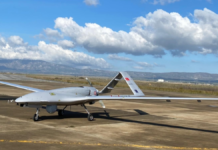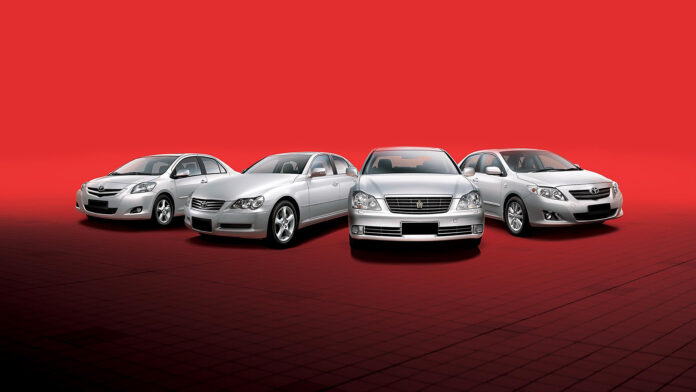What is the best way to assess how the car industry of Pakistan is doing? For Saroash Saleem, investment analyst at AKD Securities, it’s easy: use the quarterly capex for the three companies that produce cars in Pakistan. Capex is short for capital expenditure, also known as funds typically used by a company to upgrade, and maintain physical assets such as plants or buildings, and are also the funds used to undertake new projects or investments by a company.
Which is what Saleem highlighted in his note to clients sent on December 7 – that the rising capexs of the three companies signal a new shift.
So, first in the picture is Pak Suzuki Motors. According to its latest financials, Pak Suzuki has a capex of Rs4.5 billion in the first nine months of calendar year 2021, increasing 5.7 times year-on-year. This is mostly to do with the new Swift car which will be launched in the second half of 2022.

Meanwhile, the capex of Indus Motors feel to Rs437 million, which is significantly less that the average quarterly capex of Rs 614 million in fiscal year 2021, which means that its new cars are expected to come online soon. Once Indus’ plant is upgrad-ed, the company will be able to deliver 20% higher output, improving the delivery times. As of now, it takes four months to have a Yaris delivered, and another 6 months to have a Corolla, Hilux or Fortuner delivered.
Finally, Honda’s capex in the latest quarter has increased from Rs234 million in the first quarter of 2022 to Rs523 million in the second quarter of 2022, or a cumulative capex of Rs757 million. “Although we are yet to gain clarity from management, we attribute the rising capex to the new model launch of Civic which may be unveiled in 2023,” said Saleem.
Suzuki definitely has the most hype going for it: after all, it is about to launch the fourth generation of the Suzuki Swift. This had previously been launched internationally in 2016, and was retired this year. Which means that it will probably be introduced in Pakistan in the second half of 2022, based on the company’s history of introducing the cars in the local market after they have been discontinued in international markets.
Sadly, despite being about five years late, it is still expected to be an upgrade for the Pakistani market as the company had been selling the second generation of Swift – for over a decade. One can see why the news of a new car might have everyone quite excited. This new car is expected to have a 1.2L engine and priced in the range of Rs2.6-2.8million.
So, what does this mean? According to Saleem, “With competition in the local space gearing up, the frequency of new model rollouts has become the need of the hour to sustain the market share, hence, the rising level of capex as witnessed in the previous quarters,”
He noted that the government had announced it would increase the Regulatory Duty (RD) on imported cars from 15% to 50% in order to contain the massive import bill witnessed in November 2021. This might bode well for these companies, as they could recapture some lost market share. At the same time, the said measures are expected to insulate the local industry from the rising interest rate environment where SBP aims to achieve mildly positive real interest rates by the end of fiscal year 2022.
Saleem bets on Indus, who has the first mover advantage when it comes to the hybrid segment, and which is expected to benefit the company in the long term. Similarly, he notes Pak Suzuki as one to watch out for due to its Swift in the pipeline and less competition from imported cars.
























